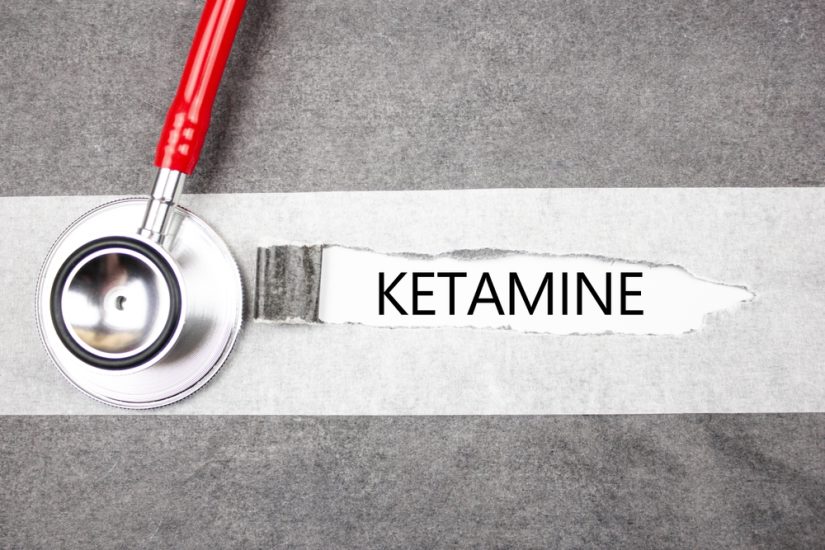- March 24, 2025
- by Shalini Murmu
- Treatment
Opioid addiction is a significant issue worldwide, impacting countless individuals and their loved ones. Amidst the plethora of treatment methods available, Opioid Agonist Therapy (OAT) is regarded as one of the most powerful and evidence-based interventions. This approach not only eases withdrawal symptoms and cravings but also helps individuals find stability as they work to rebuild their lives.
What is Opioid Agonist Therapy (OAT)?
Opioid addiction can be managed through Opioid Agonist Therapy, a method also known as Medication-Assisted Treatment (MAT), which employs opioid agonists that engage opioid receptors in the brain. When these medications are prescribed by a healthcare professional, they can prevent withdrawal symptoms and cravings, allowing individuals to maintain stability without the dangerous highs of illegal opioids.
The most common medications used in OAT include:
- Methadone: This is a full opioid agonist that connects to opioid receptors, alleviating withdrawal symptoms and cravings without producing a euphoric high when used as directed.
- Buprenorphine: A partial opioid agonist, this medication activates opioid receptors but to a lesser extent, assisting with withdrawal and cravings while reducing the chances of an overdose.
- Buprenorphine-Naloxone (Suboxone): This is a combo medication where naloxone helps to deter misuse by blocking the effects of opioids when taken inappropriately.
Who Needs Opioid Agonist Therapy?
OAT is proposed for those contending with opioid use disorder (OUD)—a lasting medical condition identified by the uncontrollable use of opioids, even when it brings about detrimental impacts. It’s especially useful for:
- Individuals going through opioid withdrawal symptoms who are looking for a safer and more controlled detox process.
- People facing opioid cravings and relapses, offering them long-term stability.
- Those who have substance abuse disorder and are physically dependent on opioids like heroin, fentanyl, oxycodone, or other prescription painkillers.
- Individuals at risk of overdose due to heightened opioid tolerance and risky drug habits.
- People aiming to transition to a drug-free life while still managing daily responsibilities such as work, school, or family obligations.
How Does Opioid Agonist Therapy Work?
OAT helps balance brain chemistry, so people can live their lives without going through withdrawal or having strong cravings. Unlike illegal opioids that give you a euphoric high followed by a crash, the medications used in OAT provide a steady and controlled activation of opioid receptors.
Treatment Process Includes:
- Assessment and Diagnosis – A healthcare professional looks at the person’s history with opioids, their medical status, and mental health to figure out the best medication for them.
- Induction Phase – The person begins taking the prescribed opioid agonist with medical supervision to ensure a smooth transition.
- Stabilization Phase – The dosage is fine-tuned to effectively handle withdrawal symptoms and cravings.
- Maintenance Phase – Ongoing treatment is given, along with regular check-ups, counseling, and support.
- Tapering (If Desired) – Some people might opt to slowly decrease their medication under a doctor’s guidance once they feel stable.
Benefits of Opioid Agonist Therapy
- Reduces Withdrawal Symptoms – People can skip the painful withdrawal, making it easier to stay committed to their treatment.
- Decreases Cravings and Relapses – By stabilizing opioid receptors, OAT helps prevent urges to seek out drugs.
- Lowers Risk of Overdose – Medications like methadone and buprenorphine have controlled effects, which cut down the chances of fatal overdoses.
- Improves Quality of Life – Many folks regain stability, return to work, rebuild relationships, and enhance their mental well-being.
- Reduces Crime and Disease Transmission – OAT decreases the likelihood of using illegal opioids, which in turn helps lower drug-related crimes and the spread of diseases like HIV and hepatitis.
Common Myths About Opioid Agonist Therapy
Even though it’s effective, there are still some misconceptions about OAT. Here are a few myths cleared up:
Myth 1: “OAT just replaces one addiction with another.”
Fact: Unlike illegal opioids, the medications in OAT don’t lead to extreme highs or harmful behaviors. They offer stability, which helps individuals focus on their recovery.
Myth 2: “You must be on OAT for life.”
Fact: Some individuals may stay on long-term maintenance therapy, but others can gradually taper off with medical support. How long treatment lasts really depends on personal recovery goals.
Myth 3: “OAT is only for severe opioid addiction.”
Fact: OAT is beneficial for individuals at various stages of an opioid use disorder, including those who have recently developed a substance abuse disorder.
Opioid Agonist Therapy is truly transformative for those grappling with opioid addiction, providing a solid, research-based path to recovery. By easing withdrawal symptoms, balancing brain chemistry, and curbing relapses, OAT gives people a fresh opportunity to live fully.
When you or a loved one is dealing with opioid use disorder, pursuing expert medical support for OAT could be a crucial move. Achieving recovery is entirely possible, and with proper assistance, individuals can restore their health, repair connections, and create a more promising future.
Begin Your Healing Journey With NABHS
Opioid addiction doesn’t have to shape your destiny, recovery is attainable, and North America Behavioral Health Services is ready to guide you throughout your journey. We find treatment facilities on your behalf, so you can take back control, achieve stability, and reclaim your lives.
You deserve a life liberated from the hold of opioids. Take that initial step toward healing right now.
Your fresh start begins here. Give us a call today!
















